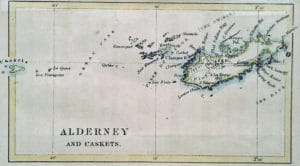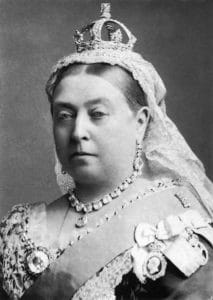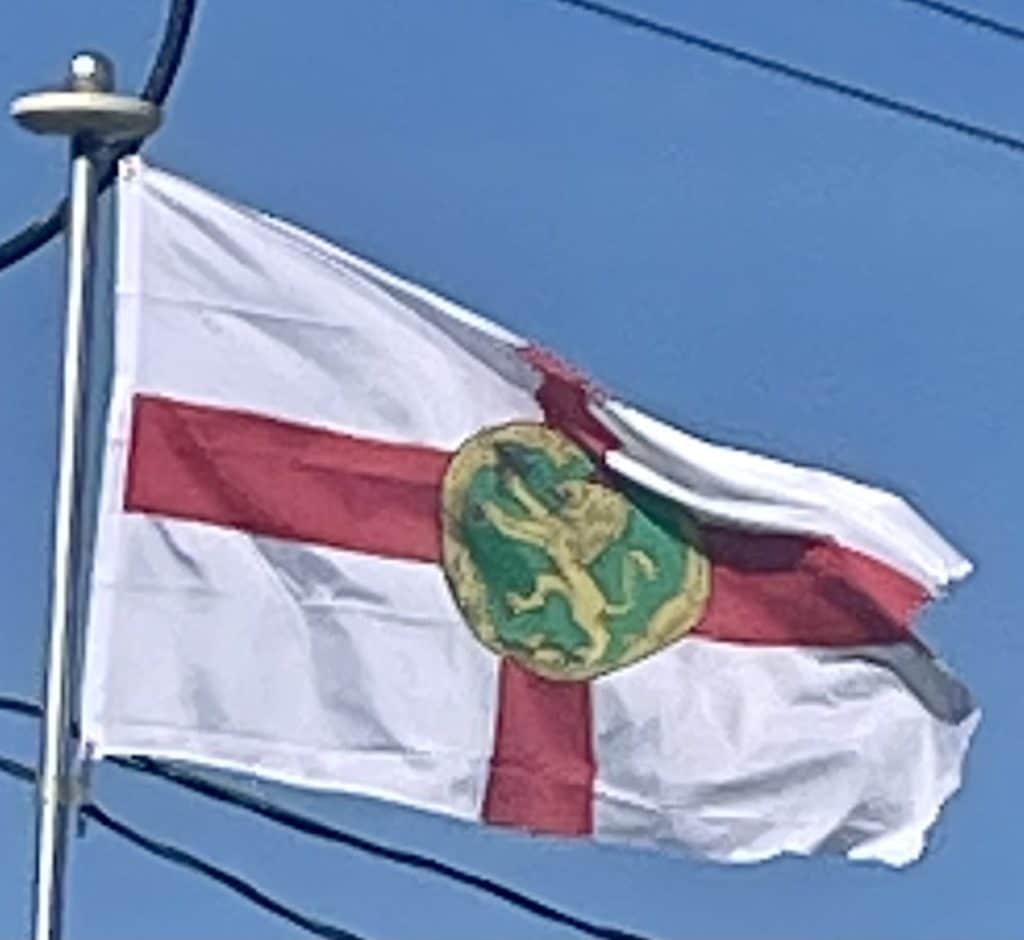During the Wars of the Three Kingdoms, Alderney was held by a Parliamentary garrison under Nicholas Ling, Lieutenant-Governor. Ling built Government House (now the Island Hall). The de Carterets of Jersey acquired the governorship, later passing it to Sir Edmund Andros of Guernsey, from whom the Guernsey family of Le Mesurier inherited it, thus establishing a hereditary line of governors that lasted until 1825.
Henry Le Mesurier prospered through privateering, and moved the harbour from Longis to Braye, building a jetty there in 1736. Warehouses and dwellings were built at Braye, and the export of cattle generated wealth for the economy. The Court House was built in 1770 and a school in 1790. A Methodist chapel was constructed in 1790, following John Wesley‘s visit in 1787. An Optical telegraph tower was constructed above La Foulère in 1811, enabling signals to be relayed visually to Le Mât in Sark and on to Guernsey – early warning of attack during the Napoleonic Wars was of strategic importance. With the end of those wars privateering was ended and smuggling suppressed, leading to economic difficulties.

The last of the hereditary Governors, John Le Mesurier, resigned his patent to the Crown in 1825, and since then authority has been exercised by the States of Alderney, as amended by the constitutional settlement of 1948.
Victorian era:
The British Government decided to undertake massive fortifications in the 19th century and to create a strategic harbor to deter attacks from France. These fortifications were presciently described by William Ewart Gladstone as “a monument of human folly, useless to us … but perhaps not absolutely useless to a possible enemy, with whom we may at some period have to deal and who may possibly be able to extract some profit in the way of shelter and accommodation from the ruins.” An influx of English and Irish laborers, plus the sizeable British garrison stationed in the island, led to rapid Anglicization. The harbor was never completed – the remaining breakwater (designed by James Walker) is one of the island’s landmarks, and is longer than any breakwater in the UK.
Queen Victoria and Prince Albert visited Alderney on 9 August 1854. The Albert Memorial and the renaming of Rue Grosnez to Victoria Street commemorate this visit.

At the same time as the breakwater was being built in the 1850s, the island was fortified by a string of 13 forts, designed to protect the harbor of refuge. The accommodation quarters of several of the forts have been converted into apartments; two are now private homes; and one, Fort Clonque, at the end of a causeway that can be flooded at high tide, belongs to the Landmark Trust and can be rented for holidays. Scenes from the film Seagulls Over Sorrento were shot at Fort Clonque in 1953.
Some of the forts are now in varying stages of dereliction, the most ruined being Les Hommeaux Florains, perched on outlying rocks, its access causeway and bridge having been swept away long ago. Houmet Herbé resembles a Crusader castle with its squat round towers. Like many of the forts, it included such apparently anachronistic features as a drawbridge and machicolation, which were still common in military architecture of the period.
Second World War:
In June 1940, the entire population of Alderney, about 1,500 residents, were evacuated. Most went on the official evacuation boats sent from mainland Britain. Some, however, decided to make their own way, mostly via Guernsey, but due to the impending occupation many found themselves unable to leave and were forced to stay on Guernsey for the duration of the war. A few Alderney people elected not to leave Alderney with the general evacuation. However, boats from Guernsey came and collected them before the German Army arrived, on the basis that it was best for their personal safety. During the Second World War, the Channel Islands were the only part of the British Isles that was occupied by Germany, although other parts of the Empire were occupied by the Axis powers.
